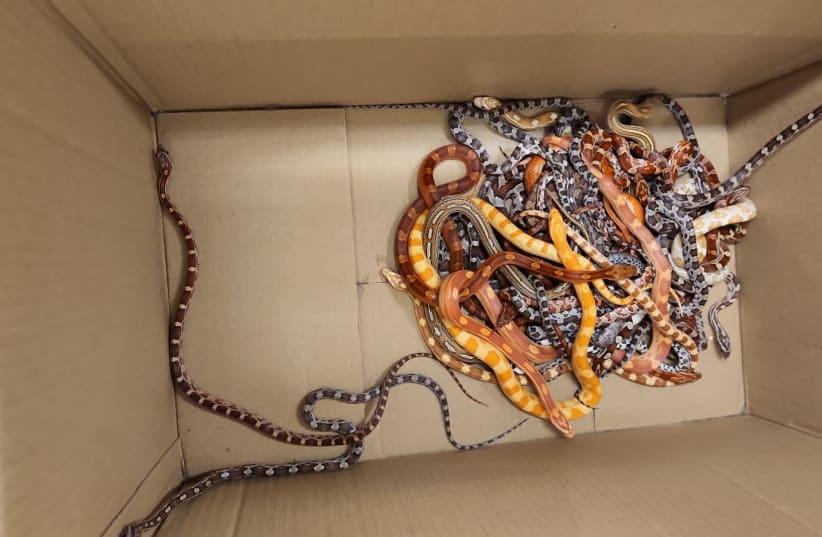Three new cryptozoic (ground) snakes have been discovered under churches and graveyards in the Andes mountains range of Ecuador by a group of scientists as shown in a report published last Thursday.
Graveyards in the Ecuadorian Andes are not only home to the deceased but are inhabited by ground snakes from the genus Atractus, which includes roughly 146 species. Although few have actually seen snakes belonging to this genus, it contains the most species in the world.
“Unlike other snake genera inhabiting the same mountain ranges, snakes in the genus Atractus inhabiting remote cloud forests and inter-Andean valleys are generally considered rare,” writes Alejandro Arteaga, lead author of the study published in the peer-reviewed journal ZooKeys.
“All of this suggests that Atractus in general, with the exception of some locally abundant species, are difficult to find,” he said. “Thus, species inhabiting poorly visited areas may remain undetected without long-term projects focused on cryptozoic herpetofauna.”
“All of this suggests that Atractus in general, with the exception of some locally abundant species, are difficult to find. Thus, species inhabiting poorly visited areas may remain undetected without long-term projects focused on cryptozoic herpetofauna.”
Alejandro Arteaga

That being said, the newly discovered ground snakes were living in crypts, somewhere one would not expect to find them. One of the new species, called Atractus discovery, was found underground in a graveyard in a remote cloud forest town in southeastern Ecuador. The remaining two new species were found next to a small school and an old church.
These findings certainly suggest that there could be more snake species close by, awaiting discovery.
How were the snakes found?
The researchers discovered them using a biogeographical approach.
“Attention is given to the importance of using a biogeographical framework that includes molecular data and a comprehensive geographic sampling when proposing species limits in complex taxonomic groups,” writes Arteaga.
How were they named?
The new snakes were named in honor of people and institutions that supported the exploration. Naming new species creates awareness about their presence and risk of extinction, making the naming process of the utmost importance.
“Naming species is at the core of biology,” according to study co-author Dr. Juan M. Guayasamin, a professor at Universidad San Francisco de Quito. “Not a single study is really complete if it is not attached to the name of the species, and most species that share the planet with us are not described.”
Oftentimes, as was done in this case, the discovery process allows for the people and institutions who work so hard to protect wildlife to be recognized.
The first species was named Atractus discovery to honor The Explorers Club Discovery Expedition Grants initiative, which supports researchers and explorers in many areas, including preventing the extinction of species and cultures.
The second species was named Atractus zgap in honor of the Zoological Society for the Conservation of Species and Populations. This program works to conserve endangered, unknown species and their natural habitats globally. ZGAP has a grant program that supports young scientists with their conservation projects in their home countries.
Lastly, the third species was named Atractus michaelsabini in honor of Michael Sabin, an avid lover of nature. The Sabin family has supported the research on endangered reptiles and has protected numerous acres of habitat globally through the Re:wild conservation organization.
“The discovery of these new snakes is only the first step toward a much larger conservation project,” says Arteaga. “Now, thanks to the encouragement of ZGAP, we have already started the process of establishing a nature reserve to protect the ground snakes. This action would not have been possible without first unveiling the existence of these unique and cryptic reptiles, even if it meant momentarily disturbing the peace of the dead in the graveyard where they lived.”
